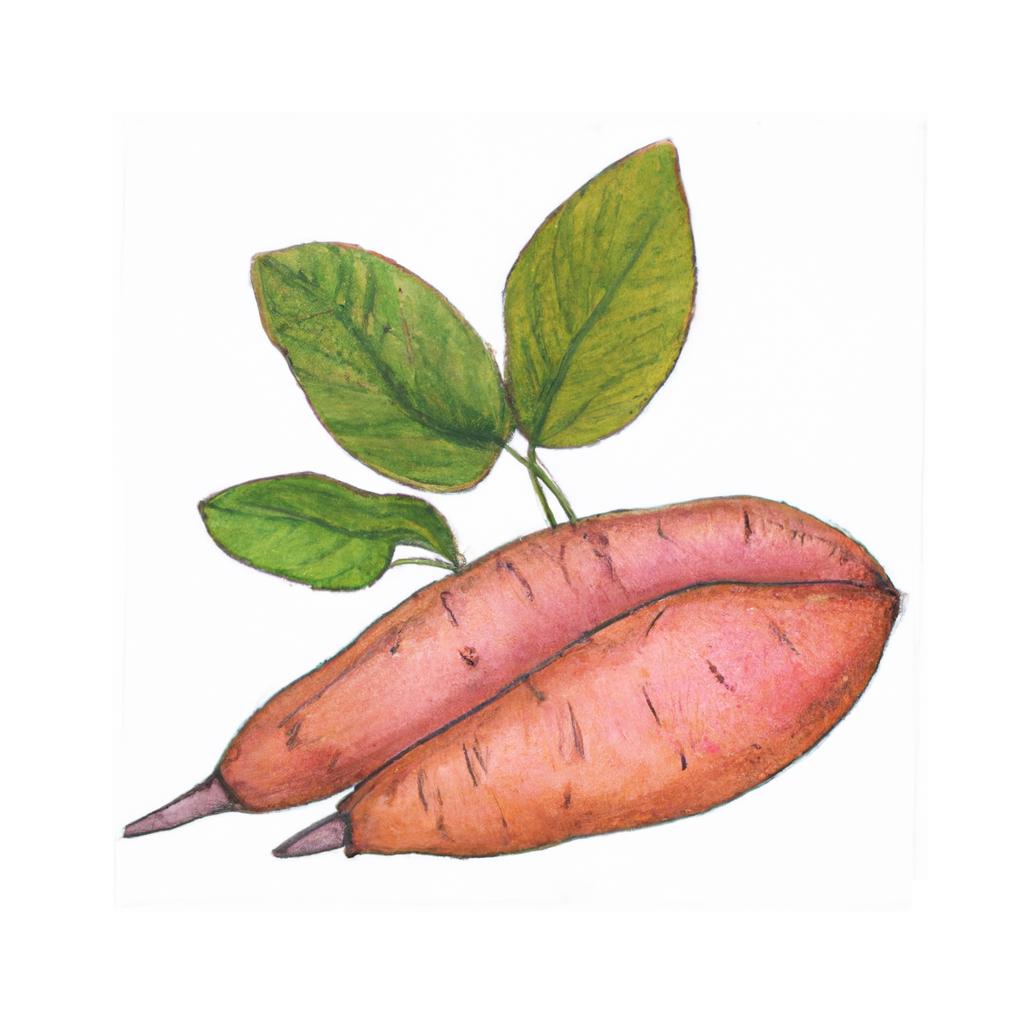
Sweet potatoes are a starchy, sweet-tasting root vegetable that originated in Central and South America. They have been cultivated for over 5,000 years, making them one of the oldest known vegetables. Sweet potatoes are botanically different from yams, although they are often mistaken for each other due to their similar appearance. They come in a variety of colors, such as white, yellow, orange, red, and even purple depending on the variety.
Sweet potatoes are a rich source of vitamins and minerals, particularly vitamin A (in the form of beta-carotene), vitamin C, and manganese. They are also high in dietary fiber and antioxidants, which contribute to a healthy digestive system and promote overall well-being. Due to their natural sweetness, sweet potatoes are suitable for both savory and sweet dishes.
When it comes to growing sweet potatoes, they thrive best in warm, sunny climates and need at least four months of frost-free growing conditions. They are typically grown from small plantlets called 'slips' rather than seeds. Sweet potatoes prefer loose, well-draining soil with a pH level between 5.0 and 6.5, and should be planted around 12-18 inches apart to give them plenty of room to grow.
Sweet potatoes can be prepared in numerous ways - baked, boiled, mashed, fried, or even grilled. They are an essential ingredient in many traditional dishes across various cultures such as American Southern cuisine, African cuisine, and Asian cuisines. Some popular dishes that incorporate sweet potatoes include pies, casseroles, soups, curries, fries, and even cakes and cookies. Roasting sweet potatoes is one simple, delicious method that enhances their natural sweetness while caramelizing them, which can pair well with herbs like rosemary or thyme, or spices such as cinnamon or nutmeg.
This is advice is most applicable to growers in the UK, you may need to adjust the timings if you live somewhere with a different climate and/or seasons.
| Month | Tasks | Advice |
|---|---|---|
| January | - | - |
| February | Start sweet potato slips indoors, | Place sweet potato tubers in water or moist compost to encourage sprouting. Keep them in a warm, dark place. |
| March | Transplant slips to pots, | Once slips have sprouted, transplant them into pots filled with compost. Keep them in a warm, light place. |
| April | Harden off slips, Plant slips into containers or well-draining soil outdoors, | Gradually expose the slips to outdoor conditions, then plant them into containers or well-draining soil in a sunny spot once the risk of frost has passed. |
| May | Mulch around plants to conserve moisture, | Apply organic mulch around the base of the plants to suppress weeds and conserve moisture. |
| June | Water regularly, | Ensure sweet potatoes receive consistent moisture but do not over-water them as it may cause rot. |
| July | Water regularly, | Continue to water plants consistently, ensuring the soil does not dry out. |
| August | Water regularly, Monitor for signs of harvest readiness, | Keep watering plants consistently. Check for swelling of the tubers at the soil surface as a sign of harvest readiness. |
| September | Harvest sweet potatoes, | Harvest sweet potatoes once the foliage starts to yellow and die back. Use a fork to lift the tubers carefully to avoid damage. |
| October | - | - |
| November | - | - |
| December | - | - |